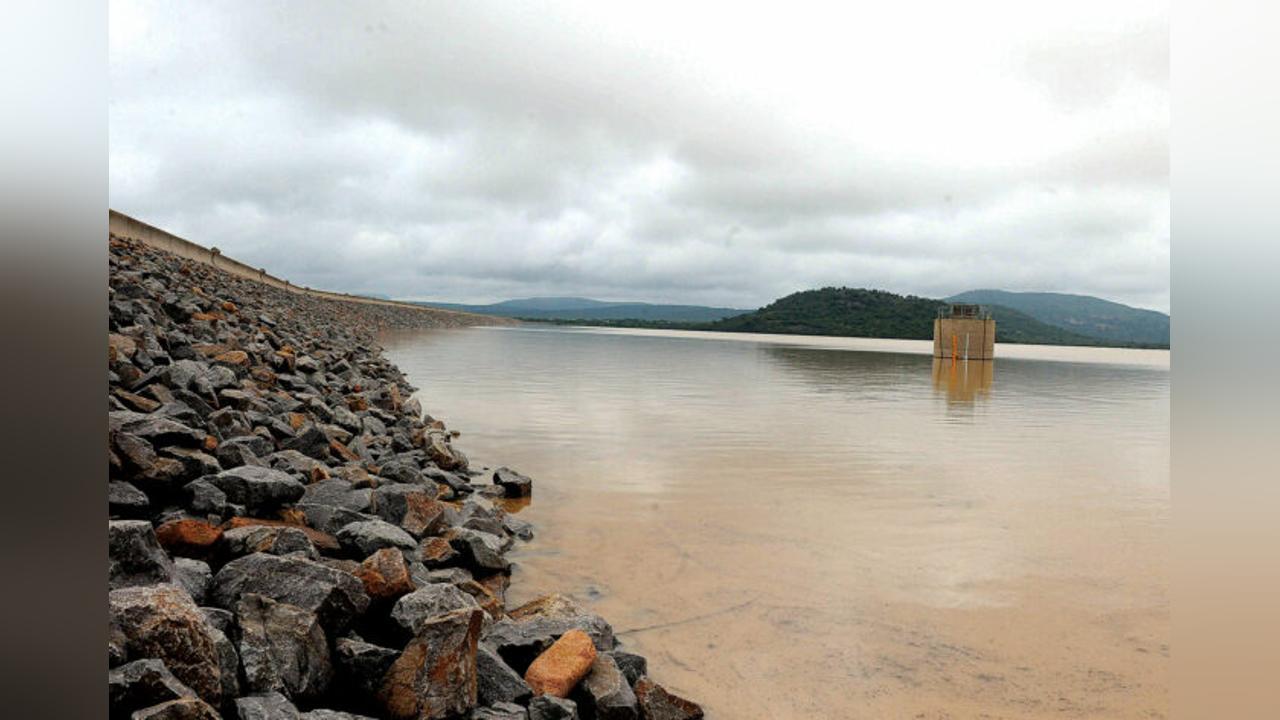Africa-Press – Botswana. Botswana has been listed by the World Resource Institute (WRI) among countries facing extremely high water stress.
The research findings state that Botswana, along with twenty four (24) other countries face extremely high water stress each year, regularly using up almost their entire available water supply.
Water stress is a scenario where the demand for water exceeds the available supply in a particular region and usually occurs when there’s not enough fresh water to meet the needs of people, industries, agriculture and the environment.
“Our data shows that 25 countries are currently exposed to extremely high water stress annually, meaning they use over 80% of their renewable water supply for irrigation, livestock, industry and domestic needs. Even a short-term drought puts these places in danger of running out of water and sometimes prompts governments to shut off the taps,” notes WRI Aqueduct Water Risk Atlas.
The World Resources Institute is an international non-profit research organisation with the mission to change the world’s food, energy, land, and water systems, cities, and the underlying financial, political, and economic frameworks. According to their report, Botswana, South Africa and Namibia are the three countries in the Southern African Development Community (SADC) which are vulnerable and exposed to extremely high water stress. Other most water stressed countries are Iraq, Tunisia, Bahrain, Cyprus, Syria, Kuwait, Lebanon, Oman, Qatar, the United Arab Emirates, Saudi Arabia, Israel, Egypt, Libya, Yemen, Iran, Jordan, Chile, San Marino, Belgium, India and Greece.
The authors of the research claim that inadequate investments in water infrastructure, unsustainable water usage policies, or greater variability brought on by climate change can all have an impact on the amount of water that is readily available. “A country facing “extreme water stress” means it is using at least 80% of its available supply,” adding that “Without intervention — such as investment in water infrastructure and better water governance — water stress will continue to get worse, particularly in places with rapidly growing populations and economies.”
The research also points out that rising populations and industries—such as irrigated agriculture, livestock, energy production, and manufacturing—often result in higher water demands. “Global water demand is projected to increase by 20% to 25% by 2050, while the number of watersheds facing high year-to-year variability, or less predictable water supplies, is expected to increase by 19%,” adding that “Projected temperature increases in southern Africa are likely to exceed the global average, along with overall drying and increased rainfall variability,” states the report.
The United Nations (UN) has already warned that water shortages will affect half of the world’s population by 2030. Now, WRI claims that there is a significant risk of water stress in many highly populated regions, which might cause thirst, conflict, and civil unrest.
sundaystandard
For More News And Analysis About Botswana Follow Africa-Press






